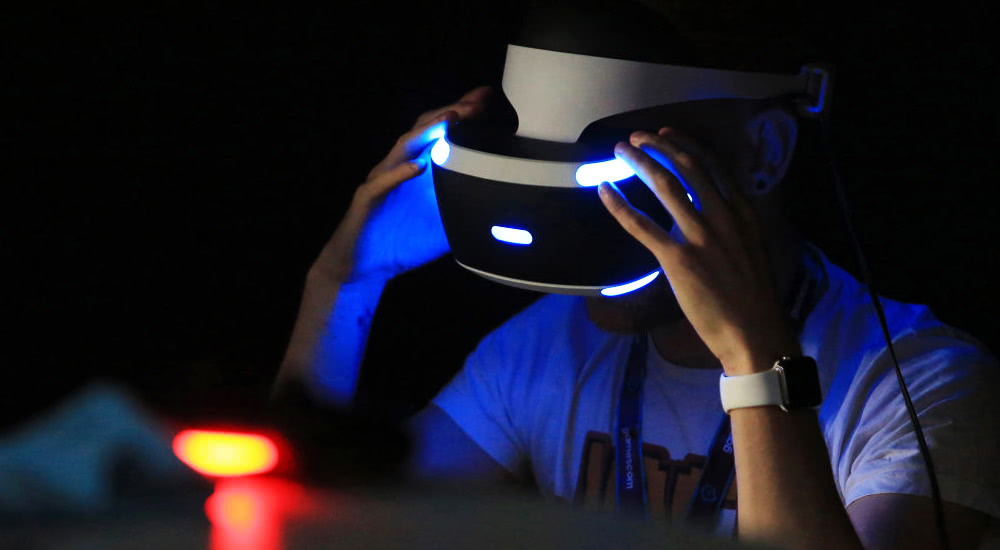Sony paints a sad picture for virtual reality, but remains its biggest hope

It’s been the on again, off again future of entertainment for decades now, its past littered with prototypes that didn’t quite have the stuff to deliver on the promise.
Driven by huge injections of funding that came from both eager early adopters – and the corporate interest from the likes of Facebook and Valve that followed them in – the latest wave of devices seemed to many to be the one that would carry VR to its place in every other household.
But, if Sony’s latest comment on the topic is anything to go by, VR is nowhere near the place the games industry hoped it would be, with Eurogamer reporting that Sony’s investor relations event last week painted a disappointing picture for VR overall.
VR market growth was clamied to be “below expectation”, although Sony noted that its own VR platform was still seeing “steady growth”, thanks in part to its lower cost of entry, and strong install base of PlayStation 4 users.
Even then, Sony quotes sales figures of around 2 million units for the PSVR in just over a year of sales, despite recent releases like Resident Evil 7 placing a huge focus on the headset, designed from the ground up as a VR experience.
Resident Evil 7 gave a core gaming audience the full experience they were expecting from VR
It’s not all doom and gloom for VR, however – at least, not from Sony’s perspective. The presentation claimed that the “key” would be bolstering its VR offerings to “strengthen user engagement”, alongside its flagging PlayStation Vue streaming service, which – despite rave reviews from users that match those of Netflix – has fewer than a million subscribers.
One way that Sony could improve the fortunes of its VR platform is with updated hardware that addresses some of the issues we’ve seen with the platform so far – most notably the issues it sometimes has tracking the now-eight-year-old Move controllers – but with Sony just this week claiming that the PS4 is entering the “final phase of its life-cycle”, referring to a three-year transition period into a theoretical PS5, it’s easy to imagine Sony’s eyes drifting off its struggling platform as it prepares for the future.
As VentureBeat’s Jeremy Horowitz notes, a potential cross-platform PSVR2 that works across both the existing PS4 consoles and their eventual replacements may be an option, giving the current user base a shot in the arm while also providing VR support out of the gates when the PS5 arrives.
But will Sony let its shaken faith in the VR market dampen enthusiasm for the future of PSVR? If so, it could be the death-knell for VR, as in many ways the PSVR – with the huge potential install base of PS4/5 users, a handful of the truly game-like experiences many users were hoping for, and more affordable price tag than under-performing competitors like the Oculus Rift and HTC Vive – is the best chance the technology has of reaching mainstream acceptance.
Time, or more likely cold, hard numbers, will tell if Sony still sees enough potential in VR to make that next leap. And if they don’t, it’ll be a massive blow to the dwindling hopes for the not-quite-future of interactive entertainment.
Hopes were high for Sony’s entry into VR when the first trailers were launched in 2015 – but belief in the segment has faded quickly
The article was originally published on Brag Magazine




.jpg)